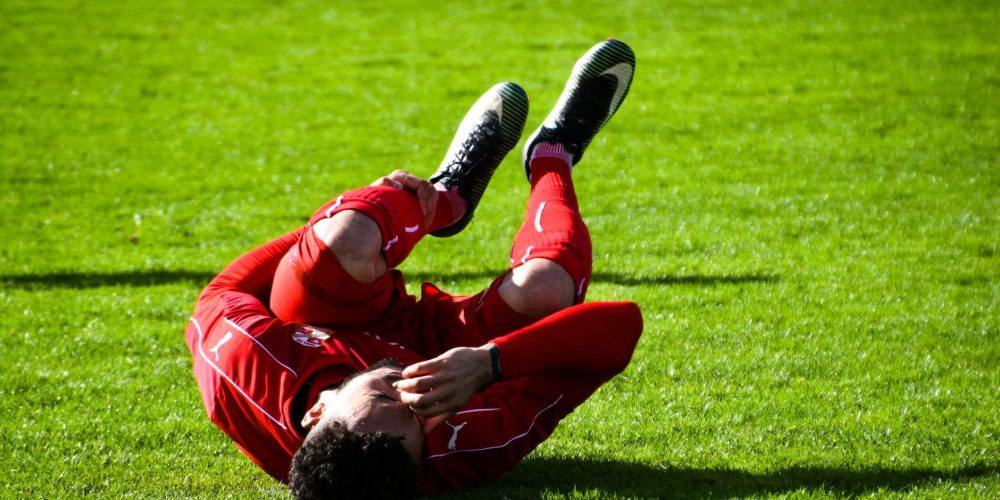It is every parent’s nightmare to watch their kid get injured on the sports field. How bad is the injury? Will they be able to play in time for their next game, or the playoffs? What is the next step to take to help speed their recovery? And how will this affect them in the long run?
We see this all the time in the clinic. 20 years ago, the student athlete might have been out for the season. Now, combinations of treatment, rest, recovery and supervised return to sports has allowed many student athletes to get back on the field much faster and safer.
Our first round of care many times involves a little rest and ice. We follow the acronym: R.I.C.E. Rest. Resting the injured area and taking a few days off from usual sporting activities allows the injury time for healing. Ice. Ice is a simple way to help reduce pain and swelling. Following an injury, it is a good idea to apply ice for 15-20 minutes, 2-4 times a day on and off during the first 24-48 hours. Compression. Compressing the area with a snug wrap, compression sleeve or brace can help protect the area. Elevation. Too much swelling can negatively affect healing. Elevating the injured area will help reduce the amount of swelling in the area to better improve on recovery.
Some injuries however, need a little more TLC to heal quickly and correctly. If your kid’s pain has not resolved in a few days’ time, it is a good idea to schedule an appointment to see your Physical Therapist. They can perform an evaluation and help decide the correct course of action to take to start recovery, as well as activities to avoid preventing further injury. They are trained in techniques to help reduce pain, resolve swelling, improve motion and strengthen correctly to allow your child to get back to their favorite sport in a gradual and safe manner. They will also work closely with the primary care doctor and team trainer to make sure that the athlete’s recovery is going well.
Injury rates among adolescents are rising as it is becoming more common for kids these days to specialize in one sport year-round. Year round training many times leads to overuse injuries as the athletes repeat the same patterns of movement all year round. Overuse injuries are more common among 12-16 years of age due to skeletal immaturity, growth spurts and general body weakness.
Many recent studies have also shown that there is a lot of benefit from participating in different sports and activities throughout the course of the year to prevent these injuries and promote different patterns of movement. This is another good way to avoid the same repetitive movements that often come with playing the same sport all year long. For example, a soccer player that plays outdoors in the spring, club in the summer, fall town or high school leagues and then indoor during the winter. What if that soccer player could ski in the winter instead of playing indoor?
Either way, at least one month off from active, competitive sports is a general rule of thumb. Usually after the competition season, a month (or even 2!) of active rest is usually what each growing body needs. “Active” rest means that they can work out, swim, rock climb, bike ride, etc. during that period. Something completely different to allow their body to recover and use other muscles it does not normally use.
So, remember the R.I.C.E. principle with any sprain. Think about how your student athlete is training and how can you make sure that the student athlete gets proper rest during the year. Finally, whether it is another muscle strain that has your child sitting out from a sporting event or a more reoccurring ache/pain that has been nagging them, it is a good idea to have them seen by your Physical Therapist to get them back on the right track and improve their athletic performance.

